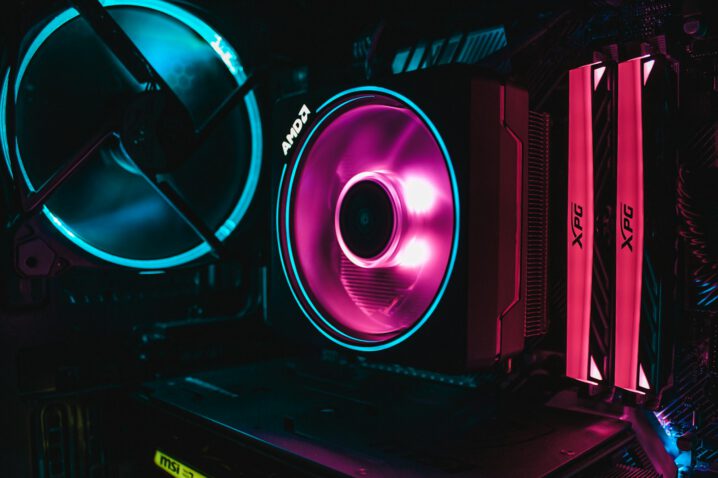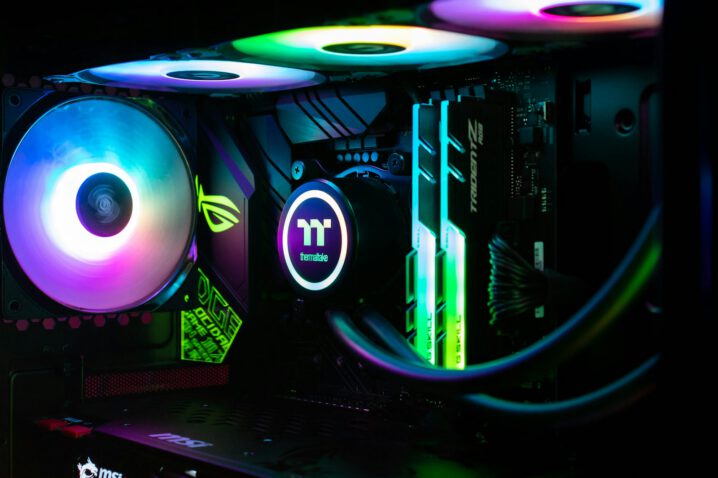Intel’s Battlemage BMG-G10 GPU has appeared in Ashes of the Singularity benchmark results. The card, targeting the upper midrange, features 16GB of GDDR6X memory and a 256-bit bus. The leak comes from a system integrator testing pre-release drivers.
Benchmark data shows the BMG-G10 achieving 80fps at 1440p Ultra settings, placing it between the RTX 4070 and RX 7800 XT. Power consumption is reported at 250W, with temperatures peaking at 72°C under load. Synthetic benchmarks indicate strong performance in compute-heavy tasks.
Intel’s progress with Battlemage signals a maturing GPU lineup, challenging AMD and NVIDIA in the mainstream segment. Driver stability and software support will be critical for adoption. The competitive pricing hinted at in leaks could disrupt the current market balance.



